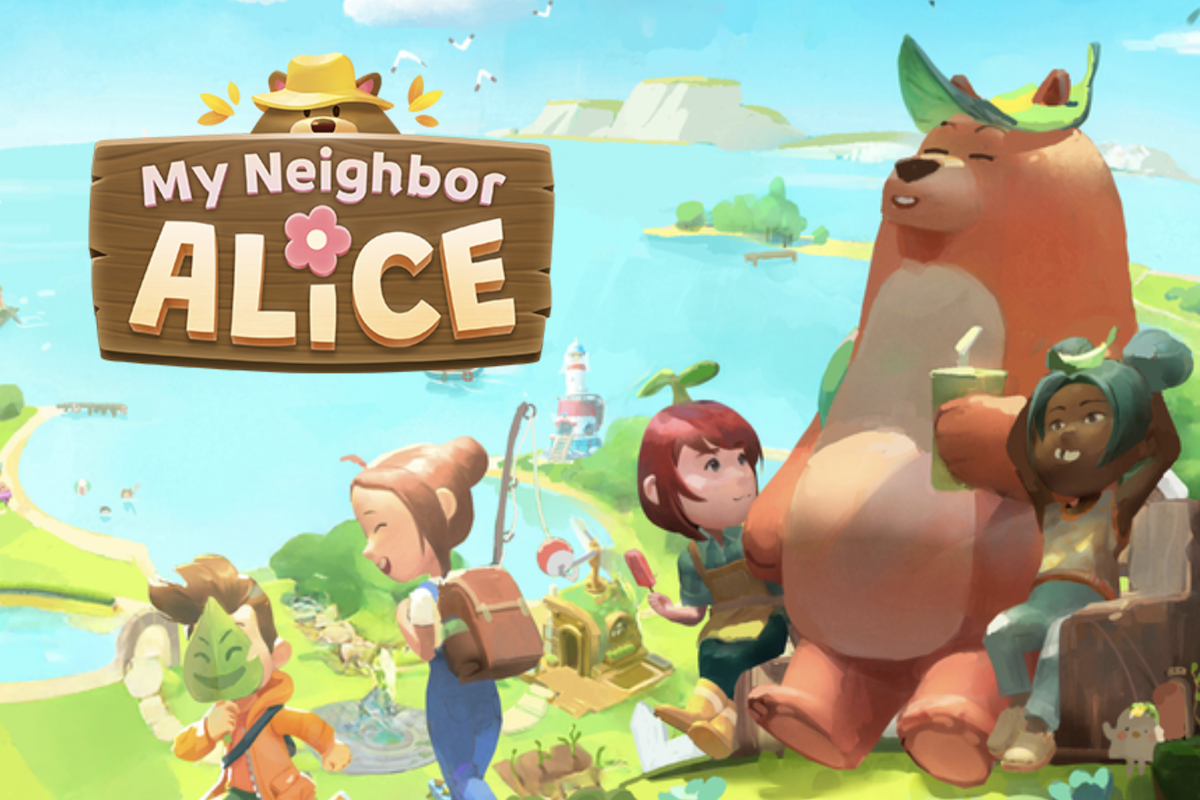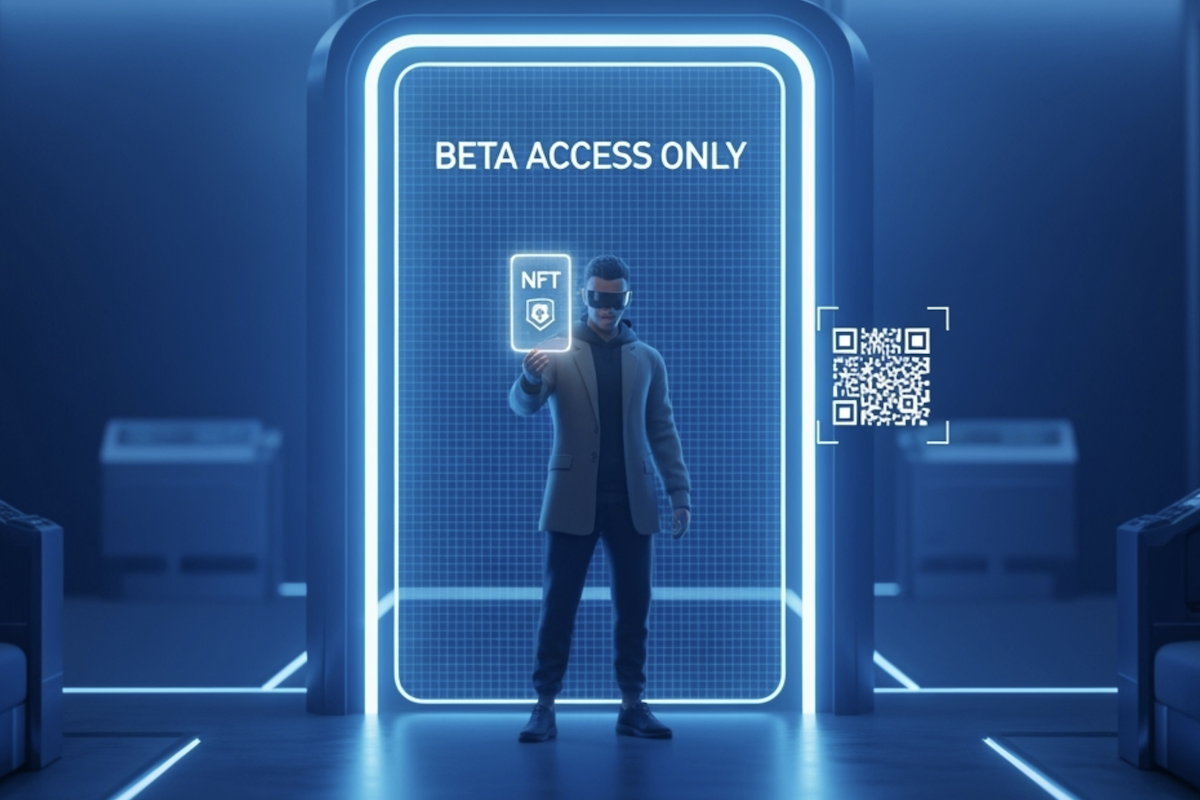My Neighbor Alice Review: A Charming Blend of Blockchain and Social Simulation
Discover the immersive world of My Neighbor Alice, a popular blockchain game that combines social simulation, staking, and world-building.

Since launching in 2021, My Neighbor Alice has become one of the most popular titles in the burgeoning blockchain gaming space. Indeed, its impact was almost immediate – the game was named Binance Launchpool’s Project of the Year.
A massive multiplayer 3D game built entirely on decentralized rails, My Neighbor Alice offers a refreshing take on the play-to-earn (P2E) model, combining elements of social simulation, staking, and world-building.
Aesthetically, the game owes a debt to Nintendo’s Animal Crossing series with its bright cartoonish graphics clearly designed with a broad demographic in mind. Set in the vibrant world of Lummelunda, it compels players to buy up land plots, customize them with buildings, flora, and fauna, and pursue rewards and community from that point forward.
Gameplay and Economy
Built on ChromaWay’s proprietary blockchain Chromia, whose mainnet launched this past July, My Neighbor Alice is poised for a number of technical advancements. Many of these will come to the fore after the conclusion of the ongoing Beta Season 2, although that too has unlocked a number of fresh features and quirks.
One of the biggest planned innovations is the impending introduction of user-generated content (UGC) tools, empowering players to become creators – no coding experience needed.
At its core, My Neighbor Alice is centered on a player-driven economy. Players, known as Neighbors, create avatars which they use to explore the digital realm, engage in activities like fishing and farming, and socialize with others.
As with most web3 games, there is a primary currency ($ALICE) which not only facilitates in-game transactions and is dispensed as a reward but also grants holders voting rights in the game’s DAO governance system, giving them a say in things like feature upgrades and platform developments.
The recent introduction of a companion token, $BJORN, adds an additional layer to the game’s economy. Currently in its testing phase, $BJORN can be extracted from land plots through quests and building activities, offering power-users more ways to engage.
 Source My Neighbor Alice
Source My Neighbor Alice
Power to the Player
NFTs play an important role in My Neighbor Alice, in that all in-game assets are tokenized. As such, players can truly own and trade their digital loot. From plants and trees to animals, these NFTs can be used to personalize land and traded in the integrated marketplace.
While the aforementioned two tokens constitute the game’s player economy, My Neighbor Alice also has a reputation system, designed to reward positive player contributions and create a harmonious bot-free environment. This feeds into the game’s community-centric appeal, an aspect emphasized by the inclusion of a real-time translator facilitating interactions between players who don’t share a mother tongue.
It’s fair to say My Neighbor Alice doesn’t solely appeal to web3 gamers, and this is something that’s evident from the partnerships it pursues. For example, last year’s brand collaboration with fashion magazine ELLE suggests it wants to convert the hearts and minds of web2 folk. Of course, diehard web3 gamers and NFT collectors are still catered for: another of its partnerships was with the Pudgy Penguins NFT collection.
Worth a Go?
With over 1.5 million transactions processed as of October 2024, My Neighbor Alice has proven its ability to attract and retain a significant player base. Its immersive blend of social simulation and crypto-economics undoubtedly creates an appealing gaming experience, even if certain thrill-seeking gamers are probably best looking elsewhere.
While the requirement to purchase land for full participation might be a barrier for some, the game offers a free trial period, making it accessible to curious newcomers.
Ultimately, charming aesthetics, a varied economy, and a relentless focus on community-driven content makes this OG P2E game well worth a spin. Go check it out and find out for yourself.





